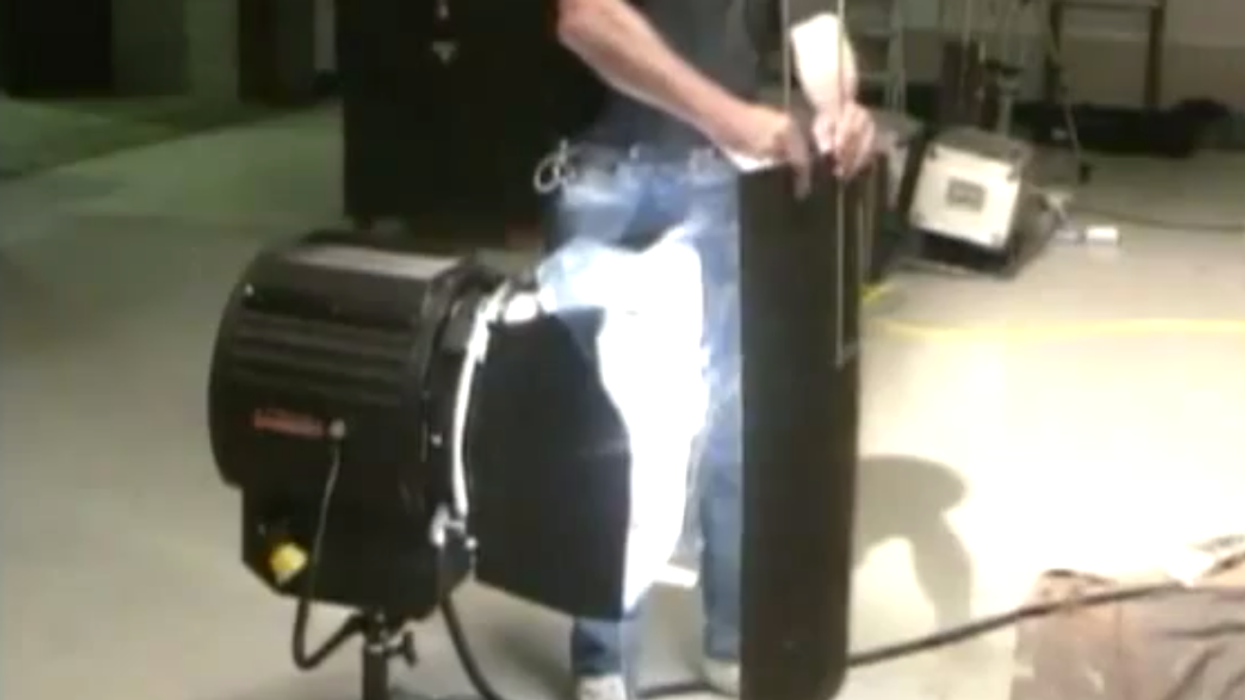Masterclass in Lighting from Oscar-Winning Cinematographer Dean Semler

Over the past few weeks, we've talked about lighting a few different times. First we shared a perspective on lighting Hollywood films from renowned gaffer, John Higgins. Then we wrote up a post about methods for improving your daytime exterior lighting. All of these posts have some helpful information, but lighting is such an expansive craft that it takes constant study and practical application to improve your skills. Today's post: a masterclass in creating artificial firelight from the Oscar-winning DP of Dances With Wolves, Dean Semler.
One of the hardest parts of cinema lighting is using our artificial lighting technology to re-create the incredibly complex things that natural light does. There are several natural light scenarios that are harder to replicate than others, however. Re-creating fire light is one of them. Here's Dean Semler, who won the Academy Award for his cinematography on Dances With Wolves, as he talks about how to light the interior of a teepee, and sell the notion that it is being lit solely with natural fire light. This video is a bit old and low in resolution, but the information is absolutely invaluable. Check it out:
What I absolutely love about this video is that it walks you through the process of lighting the teepee, and the characters in it, from several different camera setups. It doesn't take a "one size fits all" approach to its lighting, which is certainly one of the things that many young filmmakers try to do.
In order to maximize the tonal and emotional resonance of each shot, Semler subtly manipulates various lighting techniques, such as using large, soft sources for his close ups, and using a combination of Tota lights and natural fire light for the wide shots. And even though the lighting in each setup is different from each of the other setups, it all cuts together and maintains the same aesthetic. It's truly masterful work, and something that we can all learn from.
One of the constants through all of Semler's lighting setups, however, is the fact that he uses flicker boxes in order to create the realistic flicker of the fire. Unfortunately, flicker boxes might not be an affordable option for low-budget filmmakers. But worry not, because there are certainly low-budget alternatives that can look just as good. Perhaps the easiest way to achieve these flicker effects on a budget is with several cheap dimmers being quickly manipulated by several different people. Another cheap alternative is to throw some CTO on the reflective side of a flexfill and have someone move the flexfill around somewhat erratically to create a sense of light flicker.
What do you guys think of Semler's lighting techniques? Have you ever needed to re-create firelight on a set? How did you do it?
Links: Kodak Master Class Series: Lighting 'Dances With Wolves' -- YouTube












